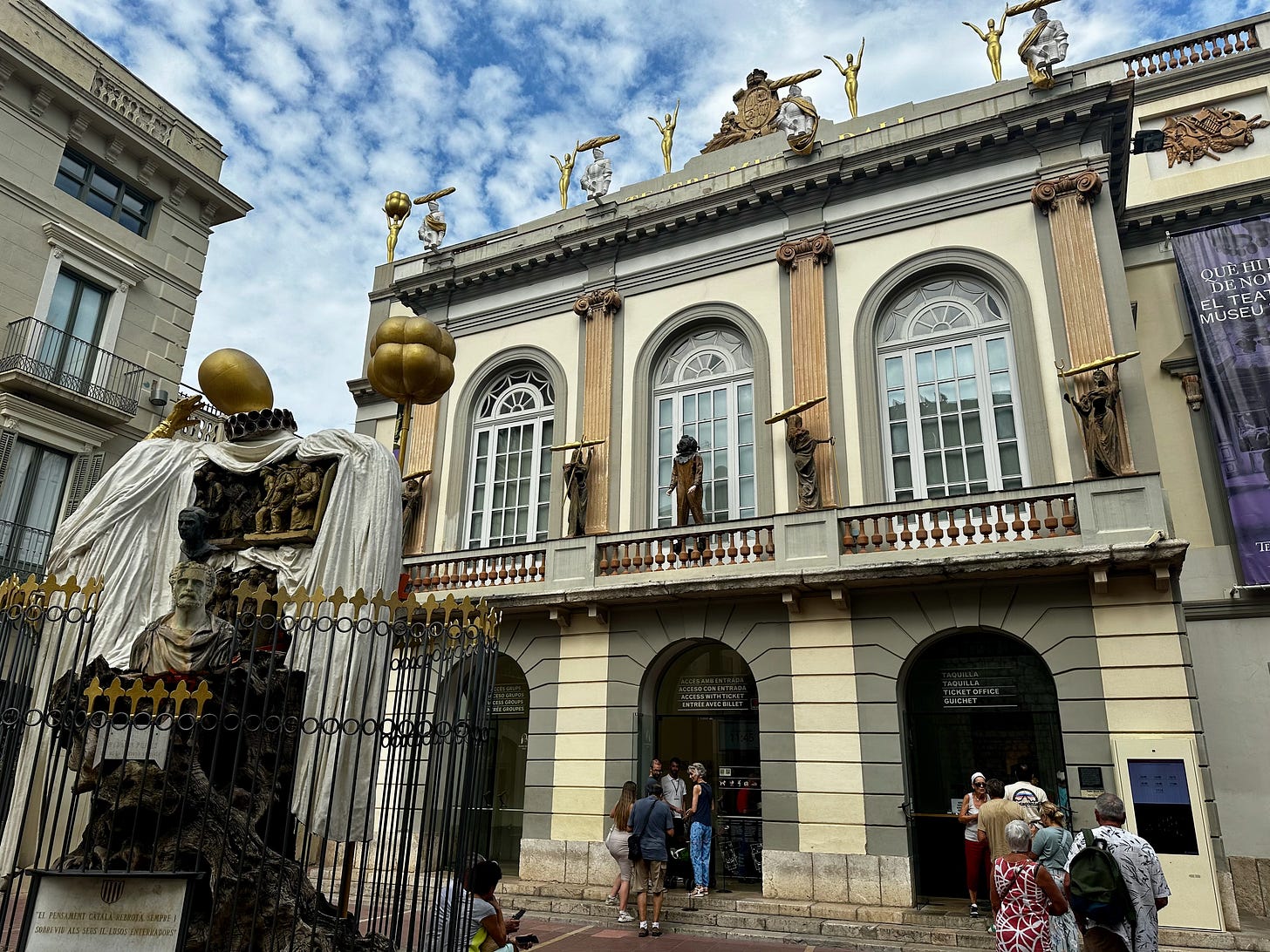Step Inside Dalí’s Surreal World: A Journey Through the Dalí Theatre-Museum, Figueres
Exploring Salvador Dalí’s largest surrealistic creation, from the burnt-out theatre to the iconic Mae West Room, and stepping into a labyrinth of imagination.
For years, I had dreamed of standing in the surreal world of Salvador Dalí, a world I had only seen in books and documentaries. The Dalí Theatre-Museum in Figueres, his final resting place and largest work of art, was the ultimate destination. Finally, this week, I made the two-hour train journey from Barcelona, the anticipa…




